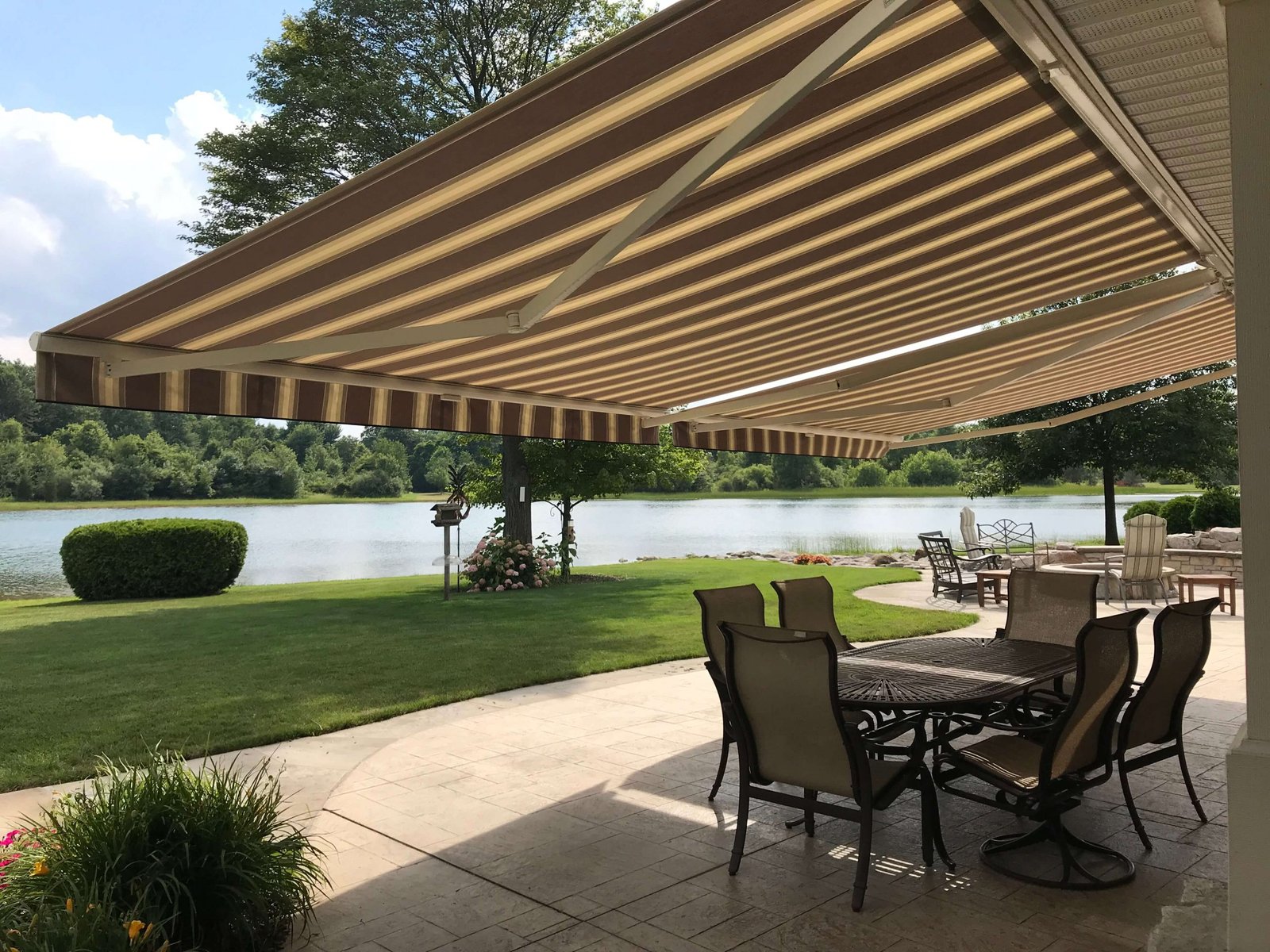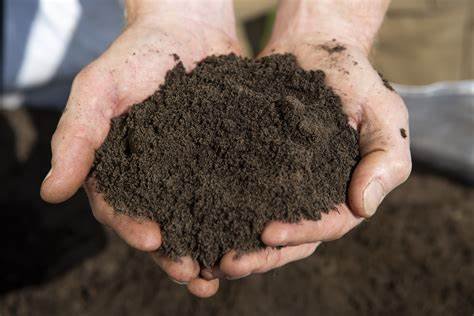Awnings, once primarily utilitarian structures designed to provide shade and shelter, have evolved into versatile architectural elements that enhance both the aesthetics and functionality of buildings. They come in a wide range of styles, materials, and sizes, catering to diverse needs and preferences. In this comprehensive guide, we will delve into the world of awnings, exploring their history, types, benefits, installation considerations, and maintenance tips.
A Brief History of Awnings
The origins of awnings can be traced back to ancient civilizations, where they were used to protect people and property from the elements. Early awnings were often made of simple fabrics stretched over wooden frames. Over time, advancements in materials and construction techniques led to the development of more durable and sophisticated awning designs.
Types of Awnings
Awnings come in various configurations, each with its own unique characteristics and advantages. Here are some of the most common types:
Retractable Awnings: These awnings can be extended and retracted as needed, providing flexibility and convenience. They are available in manual and motorized options.
Fixed Awnings: These awnings are permanently attached to the building and offer a constant source of shade. They are ideal for areas that require consistent protection from the sun.
Window Awnings: Designed to cover windows, these awnings help to reduce heat gain and glare while enhancing the building’s appearance.
Door Awnings: These awnings provide shelter over doorways, protecting people from rain and snow.
Patio Awnings: Ideal for outdoor living spaces, patio awnings create a shaded and comfortable area for relaxation and entertaining.
Benefits of Awnings
Awnings offer numerous benefits, both functional and aesthetic. Some of the key advantages include:
Shade and Sun Protection: Awnings provide a shaded area, reducing heat gain and protecting people and furnishings from harmful UV rays.
Energy Efficiency: By blocking sunlight, awnings Knee Pads can help to lower energy costs by reducing the need for air conditioning.
Rain Protection: Awnings can provide shelter from rain, keeping outdoor areas dry and usable.
Enhanced Curb Appeal: Awnings can significantly improve the appearance of a building, adding a touch of elegance and style.
Increased Property Value: Well-maintained awnings can enhance the value of a property.
Choosing the Right Awning
When selecting an awning, several factors should be considered:
Purpose: Determine the primary function of the awning, whether it’s for shade, rain protection, or aesthetic appeal.
Size and Location: Measure the area to be covered and consider the building’s architecture and surrounding environment.
Material: Choose a material that is durable, weather-resistant, and complements the building’s style.
Style: Select an awning design that matches your personal preferences and the overall aesthetic of the property.
Budget: Set a budget for the awning and consider the costs of installation and maintenance.
Installation Considerations
Installing an awning requires careful planning and execution. It is recommended to consult with a professional installer to Baths Bliss ensure proper installation and avoid potential damage. Factors to consider during installation include:
Building Structure: Assess the building’s structural integrity to determine if it can support the weight of the awning.
Wind Loads: Consider the wind loads in your area and select an awning that can withstand strong winds.
Drainage: Plan for proper drainage to prevent water damage.
Awning Maintenance
Proper maintenance is essential to prolong the life of an awning and ensure its optimal performance. Regular maintenance tasks include:
Cleaning: Clean the awning regularly to remove dirt, debris, and mildew.
Inspections: Inspect the awning for signs of wear, tear, or damage.
Retraction: Retract retractable awnings during severe weather conditions to prevent damage.
Lubrication: Lubricate moving parts of retractable awnings as needed.
Popular Awning Materials
Awnings are available in a variety of materials, each with its own advantages and disadvantages. Here are some of the most popular options:
Fabric: Fabrics like acrylic, vinyl, and polyester are commonly used for awnings. They offer a wide range of colors and patterns and are generally easy to clean and maintain.
Metal: Metal awnings, such as those made of aluminum or steel, are durable and weather-resistant. They can be powder-coated to provide a variety of finishes.
Wood: Wooden awnings offer a natural and classic look.
Awning Styles and Trends
Here are some popular awning styles:
Flat-Cloth Awnings: These classic awnings feature a flat, rectangular shape and are often made of fabric.
Hip Awnings: Hip awnings have a curved shape that provides additional shade and protection.
Gable Awnings: Gable awnings have a triangular shape and are often used over doorways and windows.
Drop-Down Awnings: Drop-down awnings can be lowered to provide shade on sunny days and raised when not needed.
Motorized Awnings: These awnings can be controlled with a remote control or smartphone app, offering convenience and ease of use.
Awning Accessories
Awnings can be customized with various accessories to enhance their functionality and appearance. Some popular accessories include:
Lighting: Add lighting to your awning to extend its use into the evening hours.
Side Curtains: Side curtains can provide additional privacy and protection from the elements.
Insect Screens: Keep insects away with insect screens attached to your awning.
Heaters: Extend the outdoor season with heaters installed under your awning.
Frequently Asked Questions
What is the purpose of an awning?
Awnings primarily provide shade and protection from the sun, rain, and snow.
Are awnings suitable for all climates?
Awnings can be used in most climates. However, consider the wind loads and weather conditions in your area when selecting a material and design.
How do I choose the right awning for my home or business?
Consider factors such as the purpose of the awning, the size and location of the area to be covered, the building’s style, and your budget.
How long do awnings last?
The lifespan of an awning depends on factors such as the material, installation quality, and maintenance. Well-maintained awnings can last for many years.
Final Thoughts
Awnings are versatile architectural elements that offer a combination of shade, style, and functionality. By carefully considering factors such as purpose, size, material, and style, you can select the perfect awning to enhance your outdoor living space and improve the overall appearance of your property. With proper installation, maintenance, and customization, awnings can provide years of enjoyment and value.
To read more, Click Here



